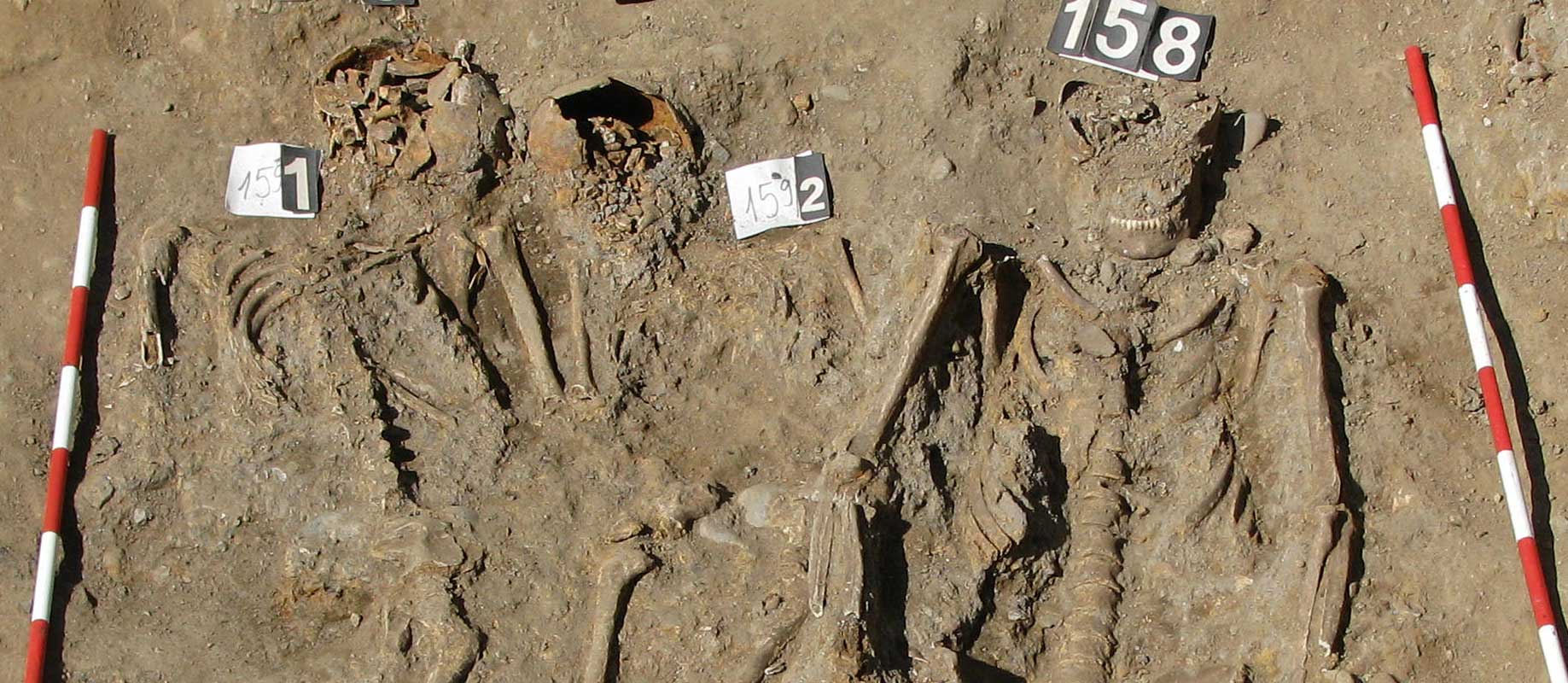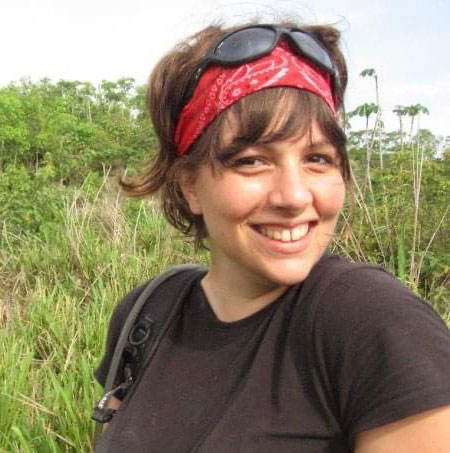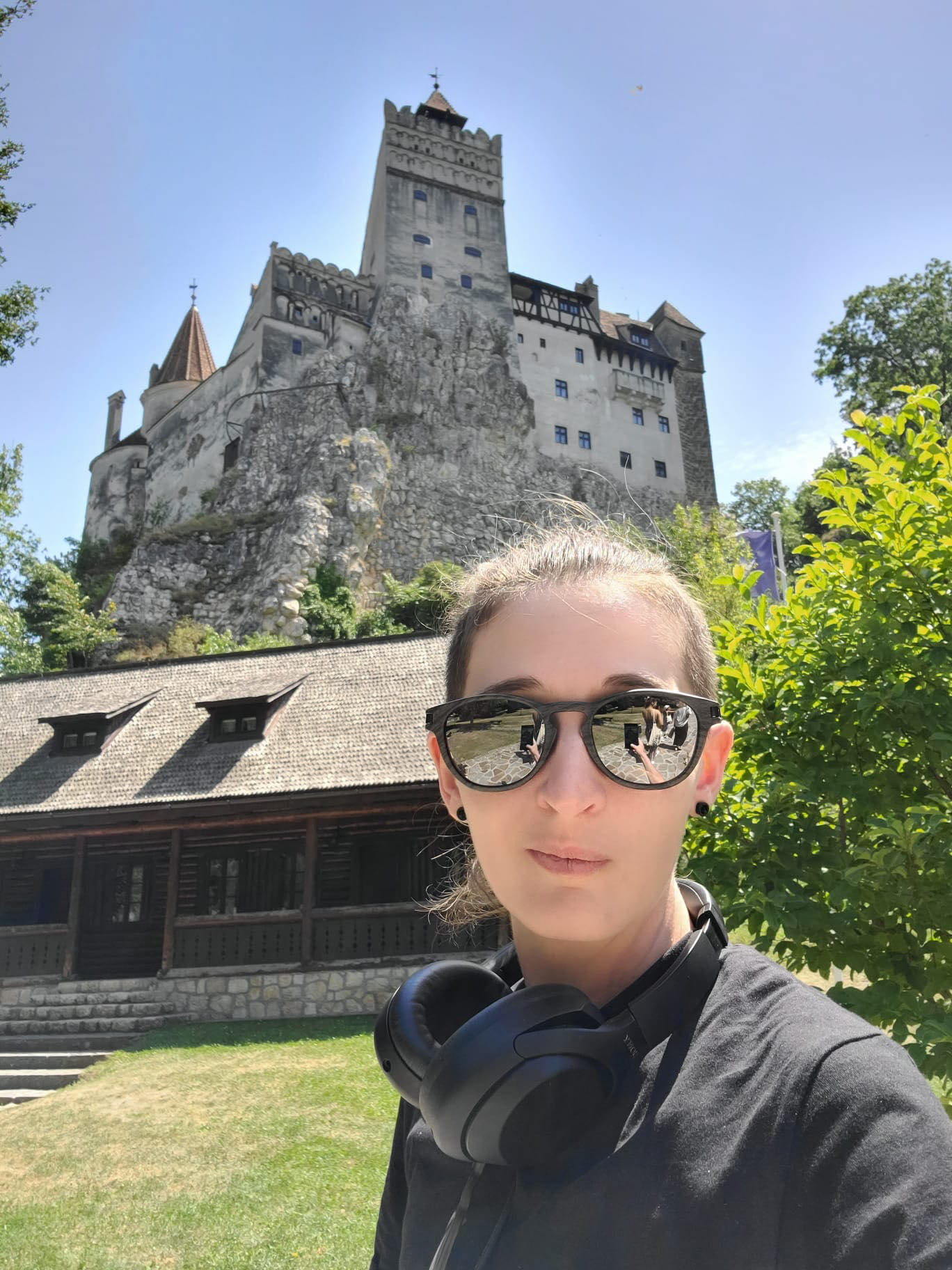

Priscilla Mollard
Priscilla is the founder of Rivulus Dominarum Bioarchaeology and the project's Primary Investigator. Her work with the Piaţa Cetăţii collection began in 2017, when she came to Baia Mare under the National Science Foundation’s Culture and Heritage in European Societies and Spaces Grant (NSF:IIA-1261172), and has been supported since then by a Fulbright Fellowship as well as several grants and fellowships from the University of Massachusetts Amherst.
Priscilla is a biocultural bioarchaeologist with a background in mortuary archaeology and field experience in Belize, Mexico, Guatemala, the American Southwest, and Romania. Her primary objective with the Piaţa Cetăţii collection lies in exploring the selective factor that living in a medieval Transylvanian mining town may have played in determining health, mortality, and social relationships in Rivulus Dominarum. To that end, her research interests include biocultural approaches, the archaeology of mining and mining heritage, community-integrated bioarchaeologies, collaborative bioarchaeology, material expressions of social identity, and mortuary traditions.

Crystal Miller
Crystal Miller is a Teaching Assistant at Macquarie University in Sydney, Australia, where she earned her Bachelor of Archaeology degree with specializations in Human Biology and Cultural Anthropology. Crystal's research interests primarily encompass the interdisciplinary fields of Bioarchaeology and Bioanthropology, with a particular emphasis on exploring the intersection of human biology and archaeological inquiry. Methodologically, she engages in the domain of Digital Archaeology, incorporating cutting-edge technologies such as photogrammetry, 3D laser scanning, and digital illustrations into her bioarchaeological research.
Crystal is pursuing postgraduate studies at Macquarie University with a specific focus on the Piața Cetății collection. She aims to increase the legibility of a fragmented and commingled mass grave complex, shedding light on the lived experience of injury and trauma.